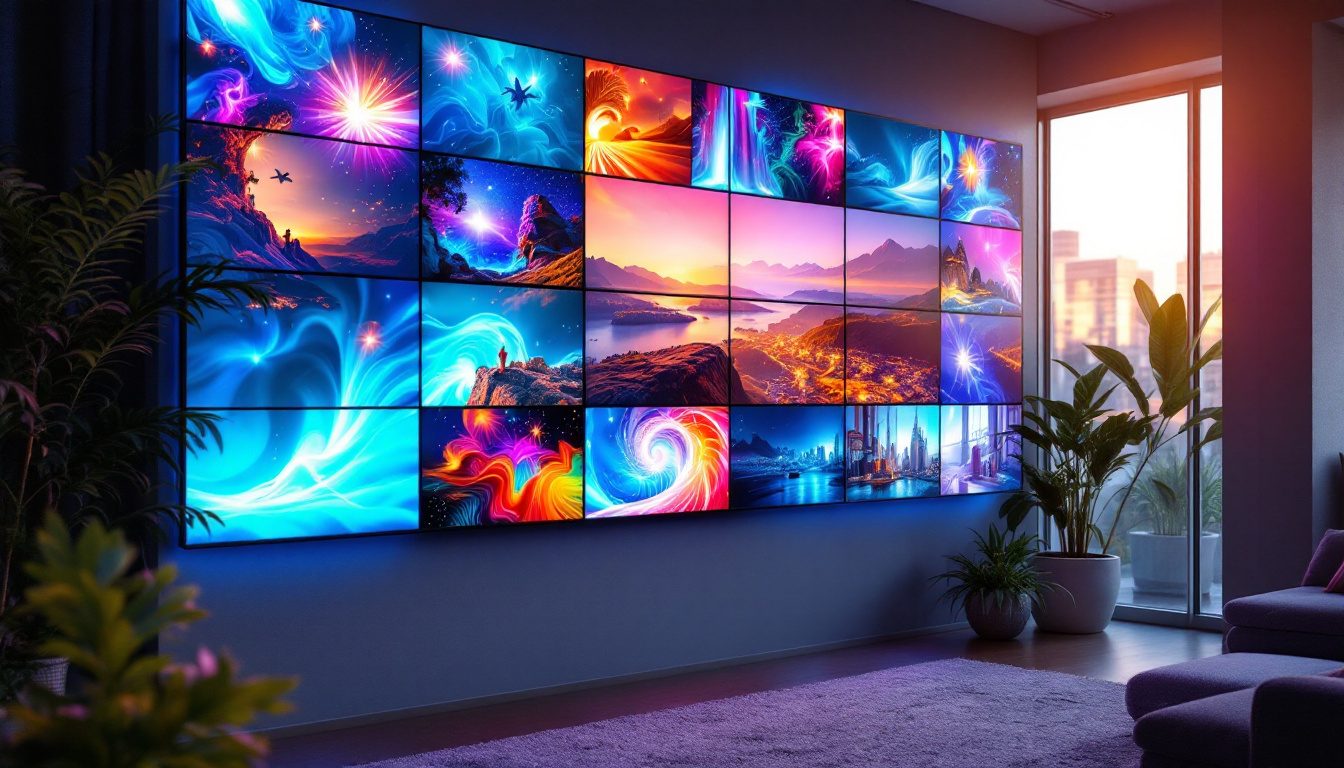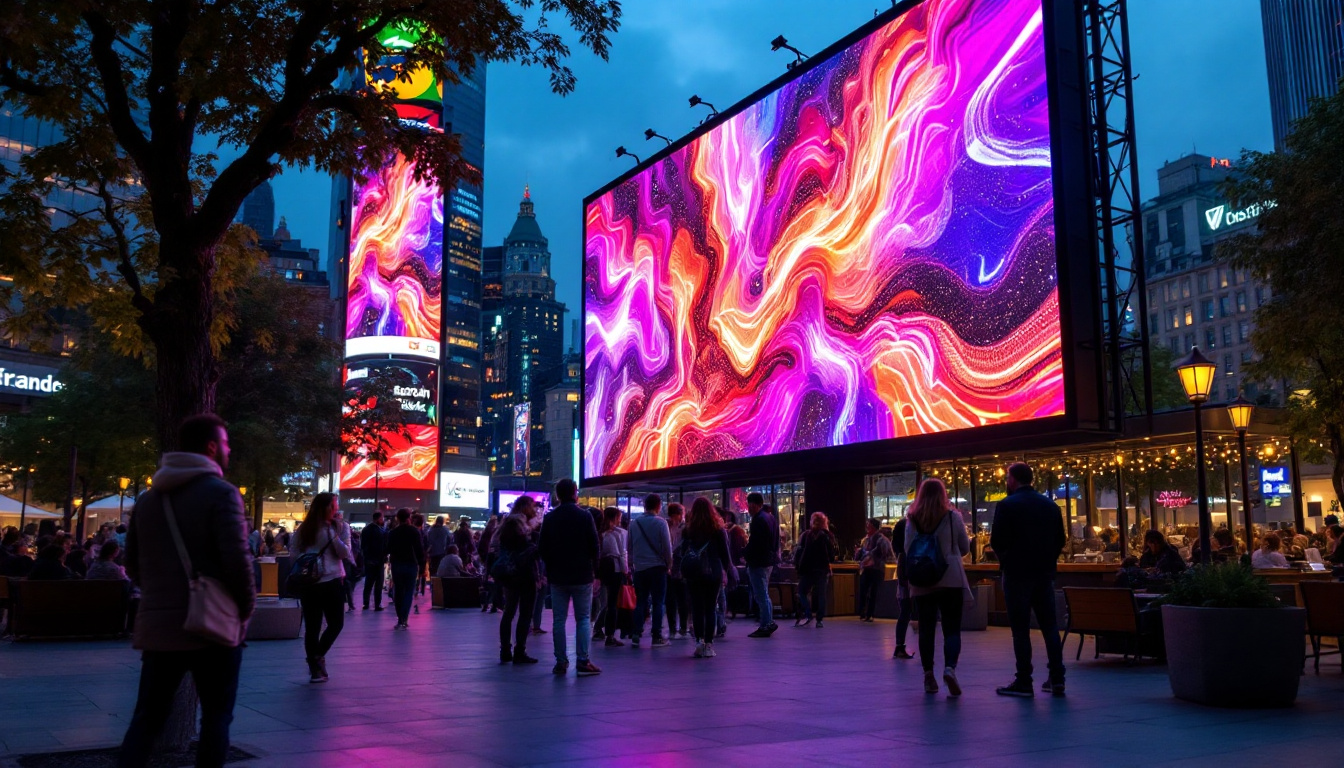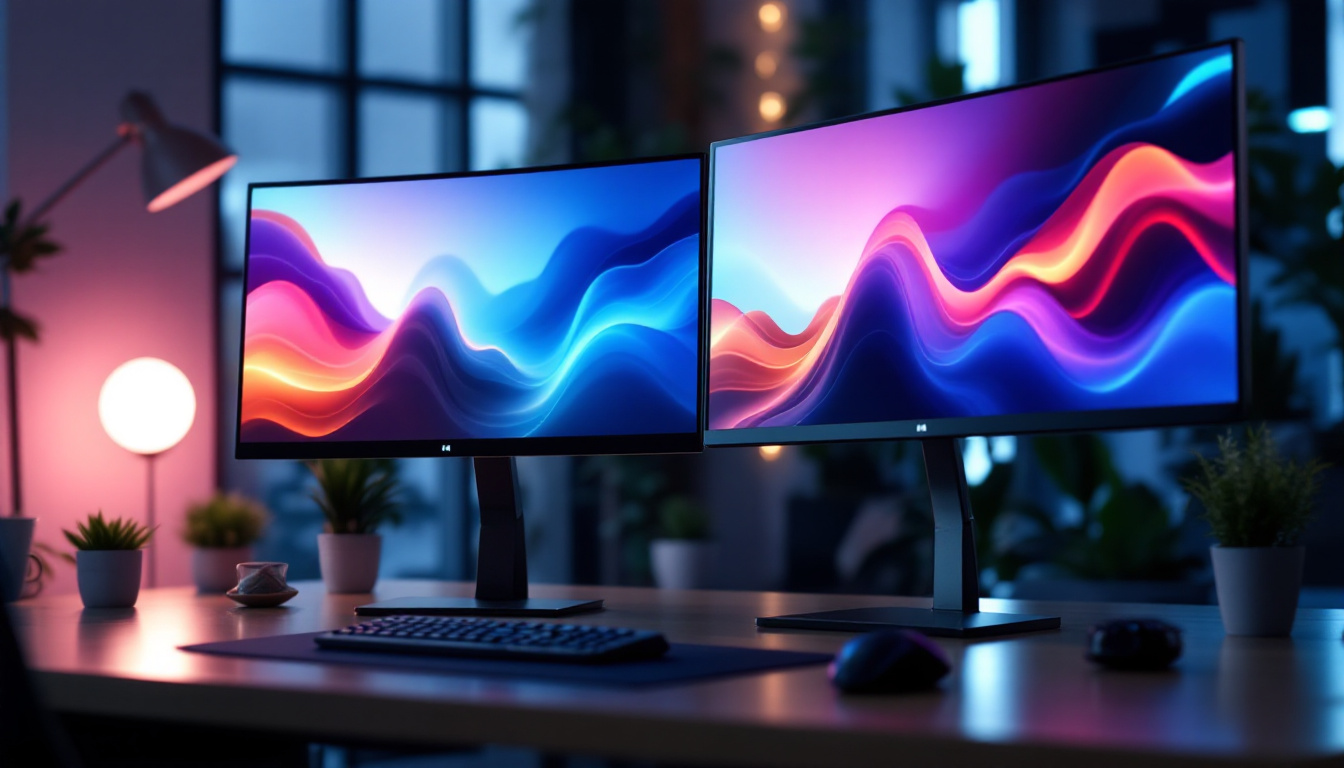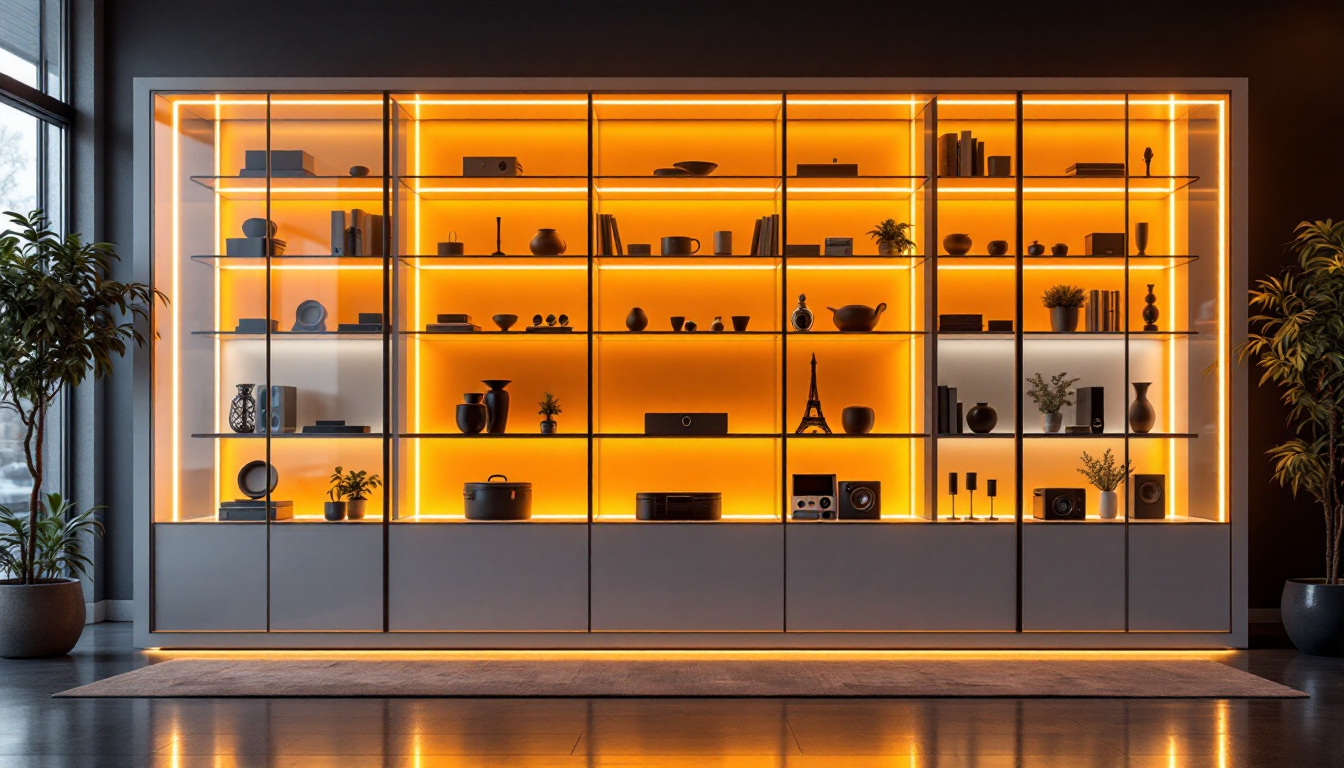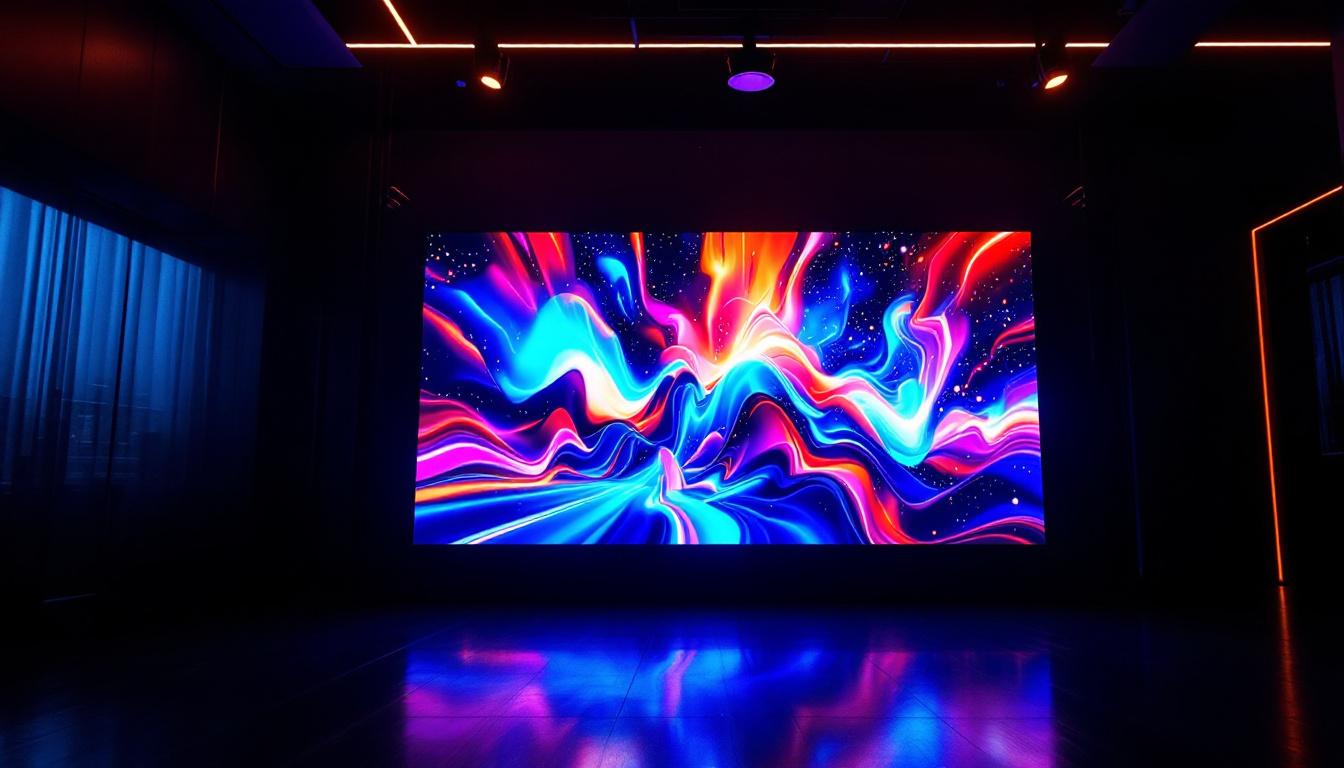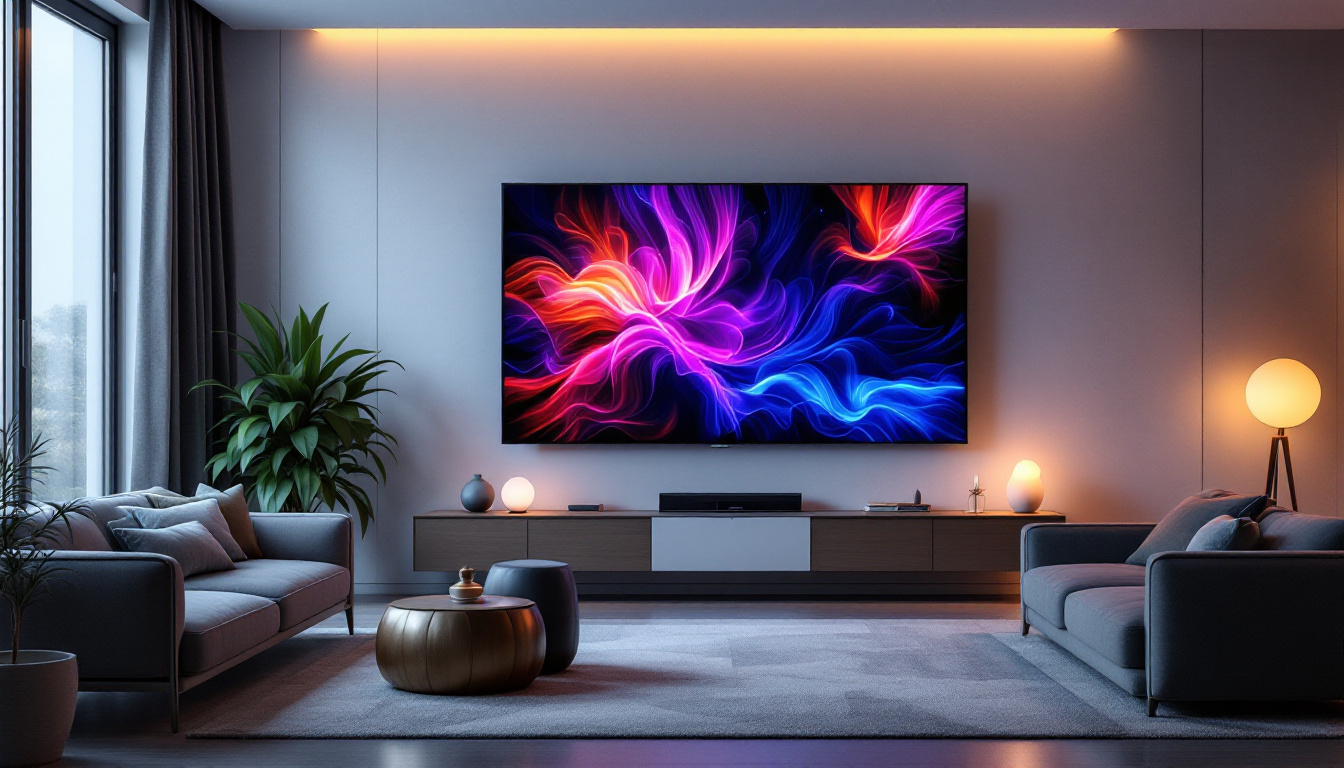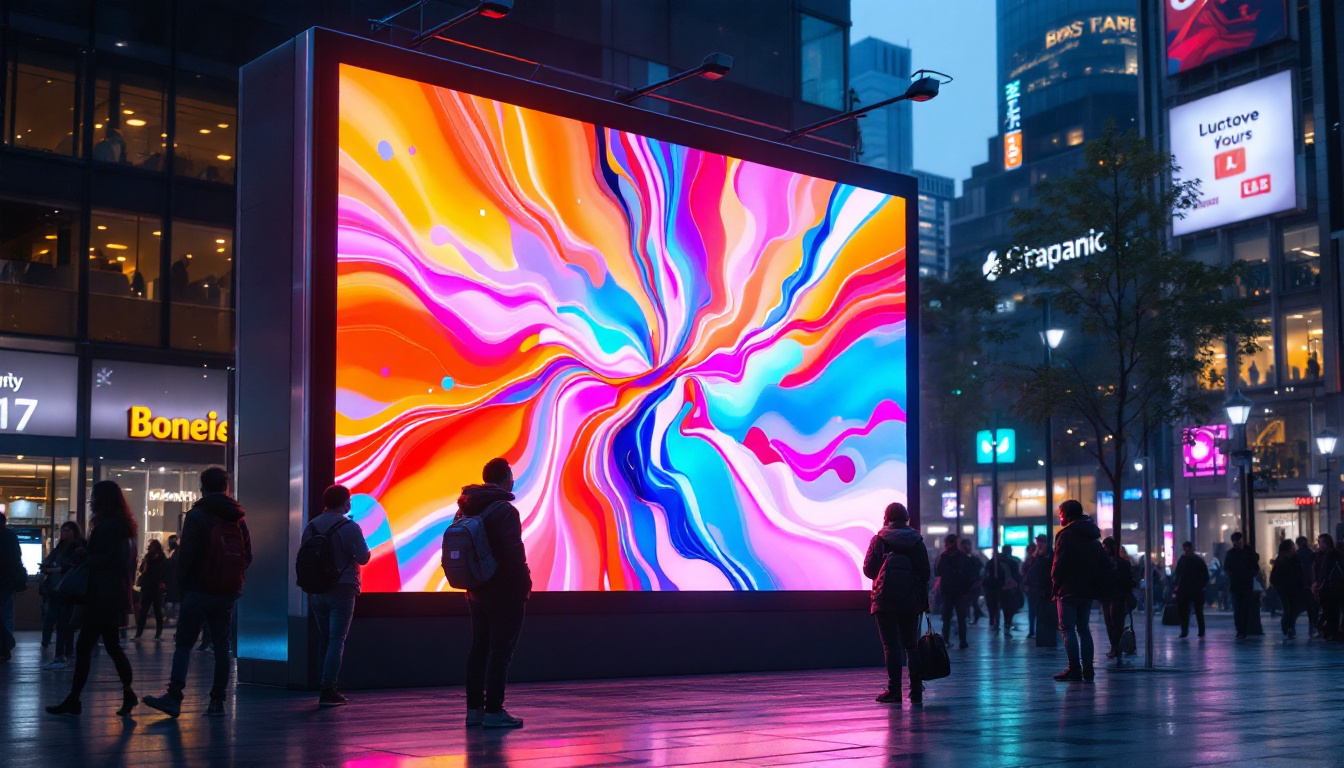The evolution of display technology has led to remarkable innovations, one of which is the transparent touch panel. This cutting-edge technology combines the functionality of touch screens with the aesthetic appeal of transparency, offering a unique user experience. As industries explore new ways to engage customers, transparent touch panels are becoming increasingly prevalent in retail, advertising, and interactive installations. This article delves into the intricacies of transparent touch panels, how they work, their applications, and the future they hold.
Understanding Transparent Touch Panels
Transparent touch panels are essentially displays that allow users to interact with digital content while still being able to see through them. This unique feature is achieved through advanced LED technology, which enables the display to emit light while maintaining a level of transparency. The result is a visually striking interface that can overlay digital information on real-world objects, creating a seamless blend of the digital and physical worlds. This innovative technology has found applications in various fields, from retail displays to automotive interfaces, enhancing user experience by providing contextual information without obstructing the view of the environment.
How They Work
At the core of transparent touch panels is a combination of LED technology and capacitive touch sensing. The LED display consists of a matrix of tiny light-emitting diodes that create images and videos. When a user touches the panel, the capacitive sensors detect the touch location and relay this information to the connected device, allowing for interaction with the displayed content. This interaction can range from simple gestures, like tapping and swiping, to more complex commands that can control various applications and devices.
This technology relies on a careful balance between transparency and brightness. The LEDs must be bright enough to be visible while not overpowering the transparency effect. Manufacturers achieve this by optimizing the arrangement of the LEDs and using advanced materials that enhance light transmission. Additionally, innovations in touch sensitivity have led to the development of multi-touch capabilities, allowing multiple users to interact with the display simultaneously, which is particularly beneficial in collaborative environments such as museums or design studios.
Types of Transparent Displays
There are primarily two types of transparent displays: OLED (Organic Light Emitting Diode) and LCD (Liquid Crystal Display). OLED displays are known for their vibrant colors and deep blacks, making them ideal for applications where visual quality is paramount. On the other hand, LCDs can be more cost-effective and are often used in larger installations. The choice between these technologies often depends on the specific requirements of the project, including budget constraints and desired visual impact.
Each type has its benefits and drawbacks. OLEDs, while offering superior image quality, can be more expensive to produce. Conversely, LCDs may not provide the same level of color richness but can be more accessible for large-scale projects. Furthermore, advancements in transparent LCD technology have led to improvements in viewing angles and color accuracy, making them a viable option for many applications. As the demand for immersive experiences continues to grow, the development of transparent touch panels is expected to evolve, incorporating features like augmented reality overlays and enhanced interactivity that will further bridge the gap between the digital and physical realms.
Applications of Transparent Touch Panels
The versatility of transparent touch panels makes them suitable for a wide range of applications across various industries. From retail environments to corporate settings, these displays are redefining how information is presented and interacted with.
Retail and Advertising
In the retail sector, transparent touch panels are revolutionizing the shopping experience. Brands use them to create interactive displays that allow customers to browse products while still being able to see the store environment. This not only enhances customer engagement but also provides a unique way to showcase products without obstructing the view of the store layout.
Advertising agencies are also leveraging this technology for eye-catching campaigns. Transparent displays can be placed in windows, allowing passersby to interact with advertisements while still viewing the street outside. This dual functionality captures attention and encourages interaction, leading to higher conversion rates. Furthermore, these panels can be programmed to change content dynamically based on the time of day or current promotions, ensuring that the messaging remains fresh and relevant, which is crucial in the fast-paced world of retail.
Corporate and Educational Use
In corporate environments, transparent touch panels are being used for presentations and collaborative workspaces. These displays allow teams to visualize data and information in an interactive manner, fostering collaboration and creativity. The ability to see through the panel while engaging with digital content creates a more dynamic meeting atmosphere. Additionally, the integration of augmented reality features enhances the functionality of these panels, enabling users to overlay digital information onto physical objects, which can be particularly useful in fields such as architecture and design.
educational institutions are also adopting this technology to enhance learning experiences. Transparent touch panels can be used in classrooms to display interactive lessons, allowing students to engage with the material in a hands-on way. This approach not only makes learning more enjoyable but also caters to various learning styles. For instance, science classes can utilize these panels for interactive experiments, where students can manipulate data in real-time, while history lessons can come alive with visual timelines and immersive storytelling techniques. The potential for gamification in education through these panels also encourages student participation and retention of information, making learning a more engaging process overall.
Advantages of Transparent Touch Panels
The adoption of transparent touch panels comes with a myriad of advantages that make them appealing for various applications. Understanding these benefits can help businesses and organizations make informed decisions about incorporating this technology into their operations.
Enhanced User Experience
One of the most significant advantages of transparent touch panels is the enhanced user experience they provide. By allowing users to interact with digital content while still being able to see their surroundings, these panels create a more immersive experience. This is particularly beneficial in retail and advertising, where engaging customers is crucial.
The ability to touch and interact with the display adds a tactile element that traditional screens lack. This interactivity can lead to increased customer satisfaction and improved retention of information, making it a valuable tool for businesses.
Space Efficiency
Transparent touch panels are also space-efficient. Unlike traditional displays that require dedicated space, these panels can be integrated into existing environments without obstructing views. This is particularly advantageous in urban settings where space is at a premium.
Furthermore, their sleek design and minimalistic appearance can enhance the aesthetic appeal of a space, making them an attractive addition to modern architecture and interior design.
Challenges and Considerations
Despite their many advantages, transparent touch panels are not without challenges. Organizations considering this technology must weigh these factors carefully to ensure successful implementation.
Cost Implications
The initial investment for transparent touch panels can be significant. High-quality OLED displays, in particular, can be expensive to produce and install. Organizations must consider their budget and the potential return on investment when deciding to adopt this technology.
Additionally, ongoing maintenance and updates can also contribute to long-term costs. Businesses should factor these expenses into their overall strategy to ensure sustainability.
Technical Limitations
Transparent touch panels may also face technical limitations. For instance, the transparency of the display can affect visibility in bright environments, making it challenging to see the content clearly. Manufacturers are continuously working to improve brightness and contrast levels to mitigate this issue.
Moreover, the touch sensitivity can vary depending on the technology used, which may affect user experience. Organizations must carefully evaluate the options available to select a solution that meets their specific needs.
The Future of Transparent Touch Panels
The future of transparent touch panels is promising, with ongoing advancements in technology paving the way for more innovative applications. As manufacturers continue to refine the technology, it is likely that these displays will become even more prevalent across various sectors.
Integration with Augmented Reality
One exciting development is the potential integration of transparent touch panels with augmented reality (AR). This combination could create immersive experiences that blend the digital and physical worlds seamlessly. For example, users could interact with virtual objects overlaid on the real environment, enhancing everything from retail experiences to training simulations.
As AR technology continues to evolve, the synergy between transparent touch panels and AR could lead to groundbreaking applications that transform how people interact with information.
Advancements in Display Technology
Advancements in display technology will also play a crucial role in the future of transparent touch panels. Innovations such as microLEDs and advanced materials may lead to even brighter, more energy-efficient displays that enhance transparency without compromising quality.
As these technologies mature, the cost of transparent touch panels is expected to decrease, making them more accessible to a wider range of businesses and applications. This democratization of technology could lead to increased adoption and creative uses across various industries.
Conclusion
Transparent touch panels represent a significant leap forward in display technology, merging functionality with aesthetic appeal. Their ability to provide interactive experiences while maintaining transparency opens up a world of possibilities across various sectors. As advancements in technology continue to unfold, the applications and potential of transparent touch panels will undoubtedly expand, making them an essential tool for businesses looking to engage customers and enhance user experiences.
In a world where innovation is key to staying ahead, embracing transparent touch panels could very well be a strategic move for organizations aiming to captivate their audiences and redefine how information is presented and interacted with.
Discover LumenMatrix’s Innovative LED Solutions
Ready to elevate your space with the next generation of display technology? LumenMatrix is at the forefront of LED innovation, offering a diverse range of solutions from Indoor and Outdoor LED Wall Displays to immersive LED Transparent Displays. Our mission is to transform your visual communication, engaging your audience with clarity and impact. Whether for retail, advertising, or corporate use, our LED displays are designed to captivate and impress. Check out LumenMatrix LED Display Solutions today and step into the future of interactive experiences.





